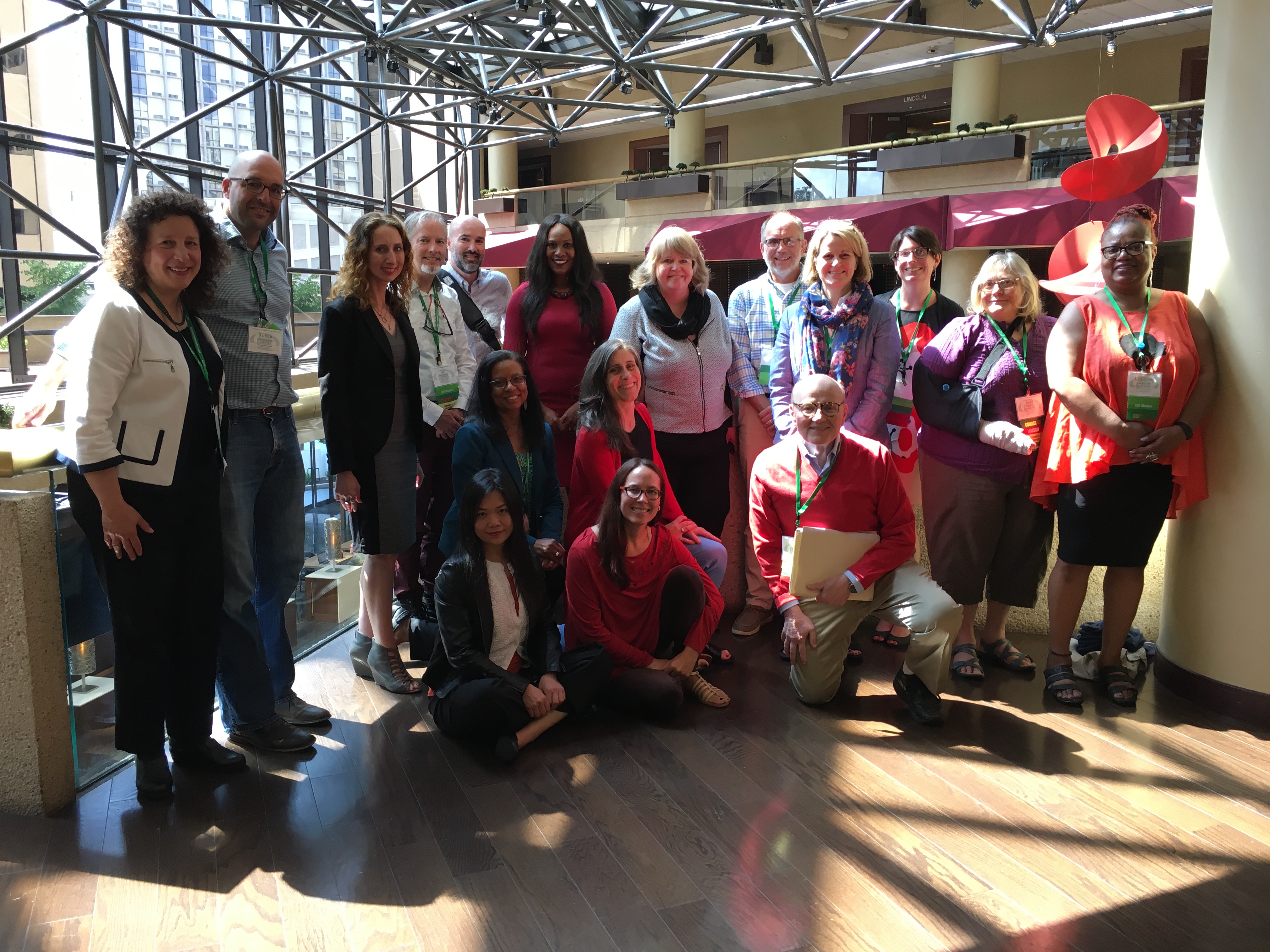In the last five years, major research archives have made many more high quality manuscript images available. One result is new opportunities for undergraduate scholarship. A great example is the Early Modern Recipes Online Collective (EMROC), an international collaboration open to mentored undergraduate participation. By sponsoring collaborative manuscript transcription of early recipe books, EMROC lets undergraduates make a significant original contribution to the field and see their work become publicly available.
How does transcription involve scholarship?
Early manuscript transcription isn’t just a mechanical process. First, understanding a difficult text requires attention to detail and an analytic approach to language. These skills are associated with complex problem solving. Second, it requires wide-ranging research. Depending on the nature of the documents, students must draw together knowledge from areas as disparate as lexicography, cultural history, ethno-pharmacology, mathematics, theology, basic Latin, and chemistry. Finally, transcription is a way of helping students open up the canon to new voices. EMROC, for example, focuses on early women writers whose work less often found its way to publication and who often worked in genres not traditionally acknowledged as literary or scientific.
How can my students’ transcriptions contribute to the field?
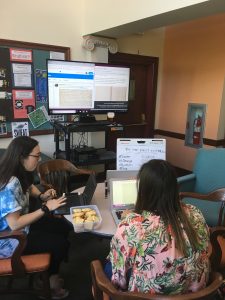
EMROC uses a crowdsourcing model, with multiple transcribers working on every document. However, unlike the crowd-sourced transcription on sites like Zooniverse, EMROC uses powerful collaborative software system called “Dromio,” hosted by the Folger Shakespeare Library’s Early Modern Manuscripts Online. Dromio makes collaboration more visible and therefore more teachable and useful in the classroom. Students in a class can work together and in collaboration with students at other institutions on a single multi-page manuscript.
“It was really awesome getting to see people from all over writing about the Transcribathon on Twitter. It was also fun sitting up in the English wing eating pizza with a cute dog, while my classmates and I transcribed away.”
Tessa Triest, Albion College ‘19
For those interested in less in-depth projects, EMROC even hosts biannual “transcribathons,” open to scholars at all levels across the globe. Regardless of the level of participation, all transcribers can be sure that their hard work is playing a part in the eventual existence of highly detailed, TEI encoded and publicly disseminated transcriptions.
I also loved that we had the Twitter feed and everyone together doing it at once. This made me feel a part of a scholarly community. I really enjoyed this event, and love the fact that I have a new skill in transcribing.
Julia Vitale, Albion College ’19
Isn’t paleography too hard for undergraduates?
Yes, reading early handwriting is itself sometimes a daunting task. But paleography is a teachable skill, and it has immediate payoffs in terms of student engagement, curiosity, and close reading. For more help on how to teach paleography and incorporate transcription in a course, see CURAH’s best practice guide to paleography and undergraduate scholarship.
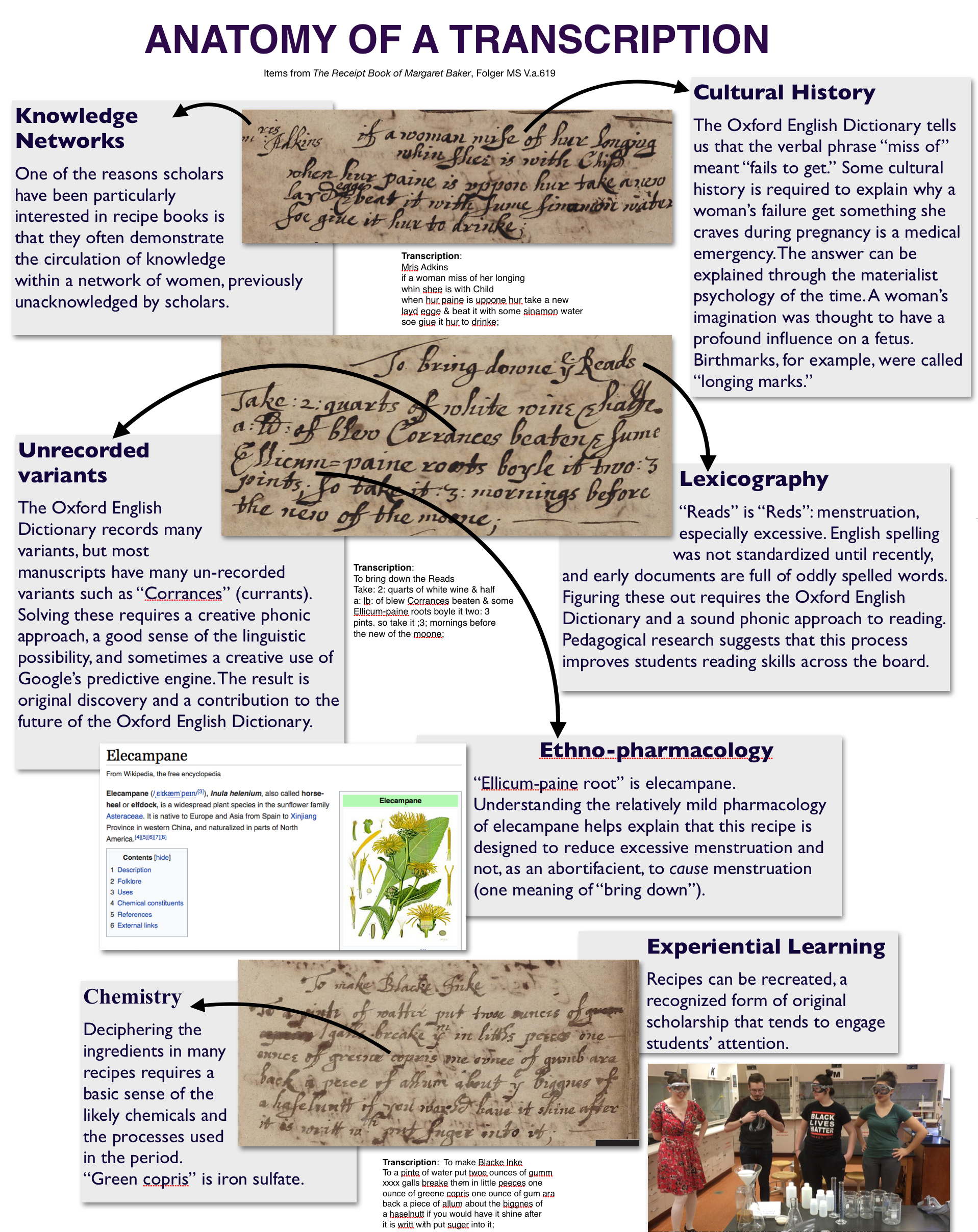
Do you have any stories to tell about using manuscript transcription as undergraduate scholarship in your classes? If so, please use our comment option to let others know.

This work is licensed under a Creative Commons Attribution-NonCommercial-ShareAlike 4.0 International License.

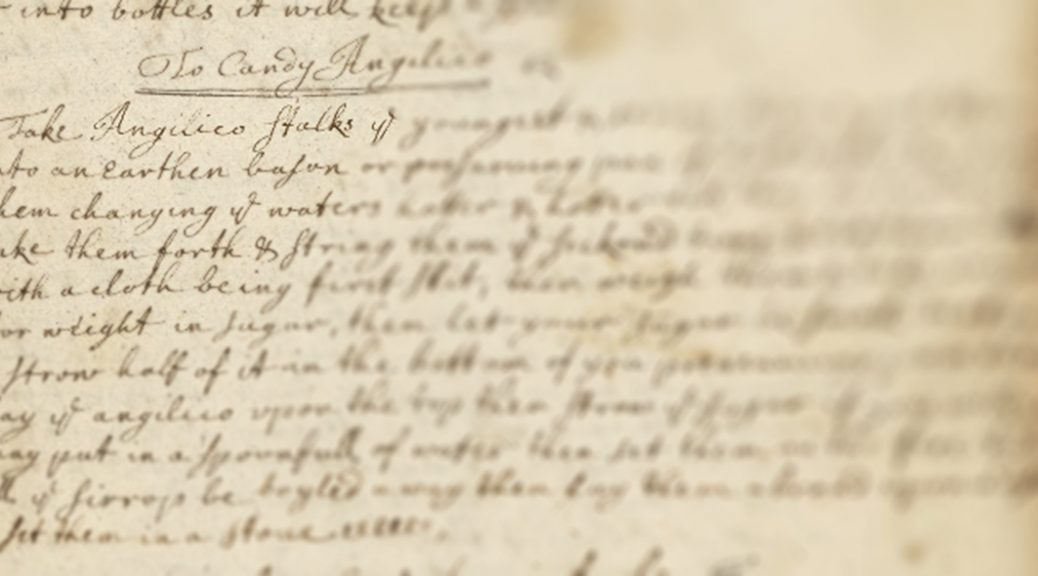
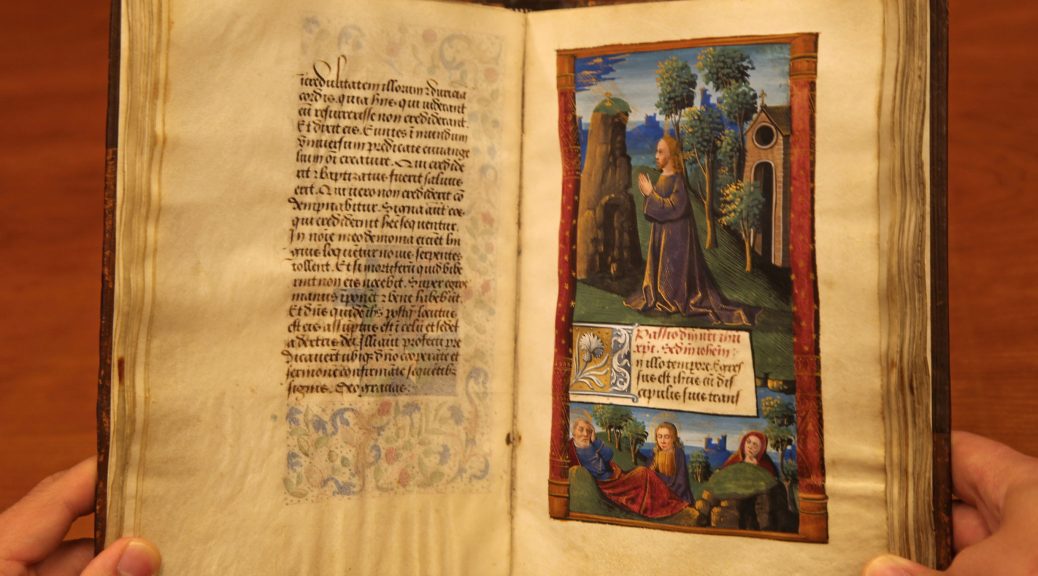
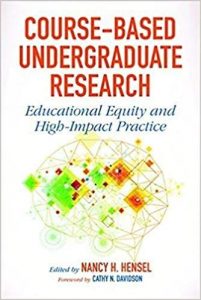 Today is the release of
Today is the release of 
